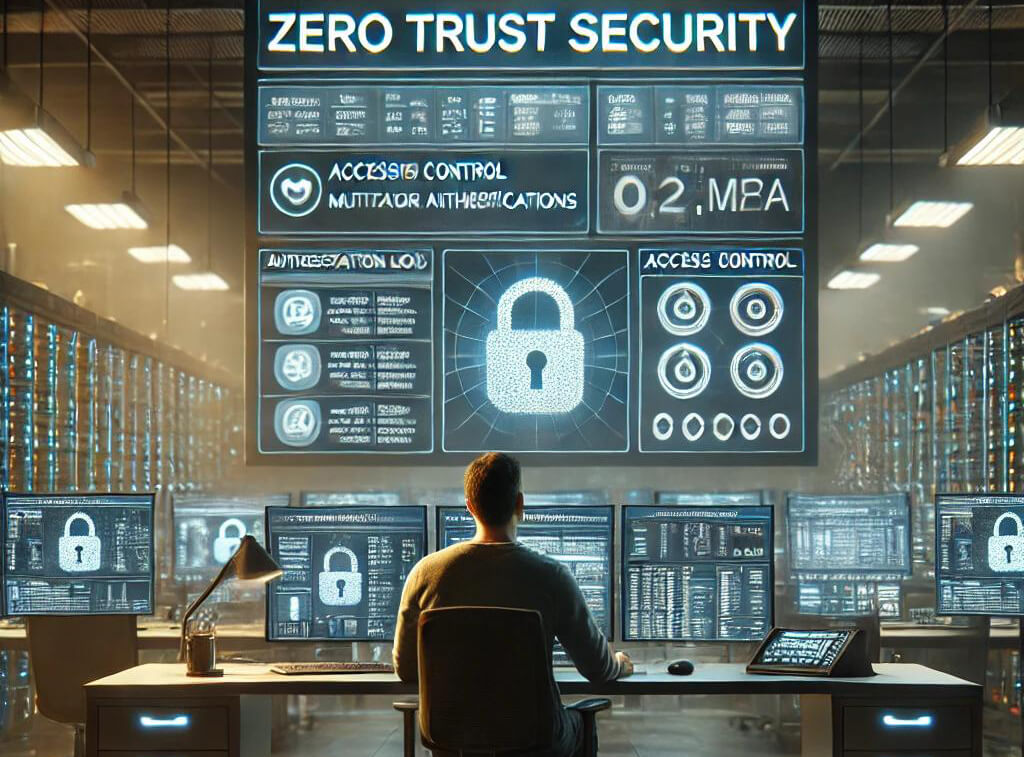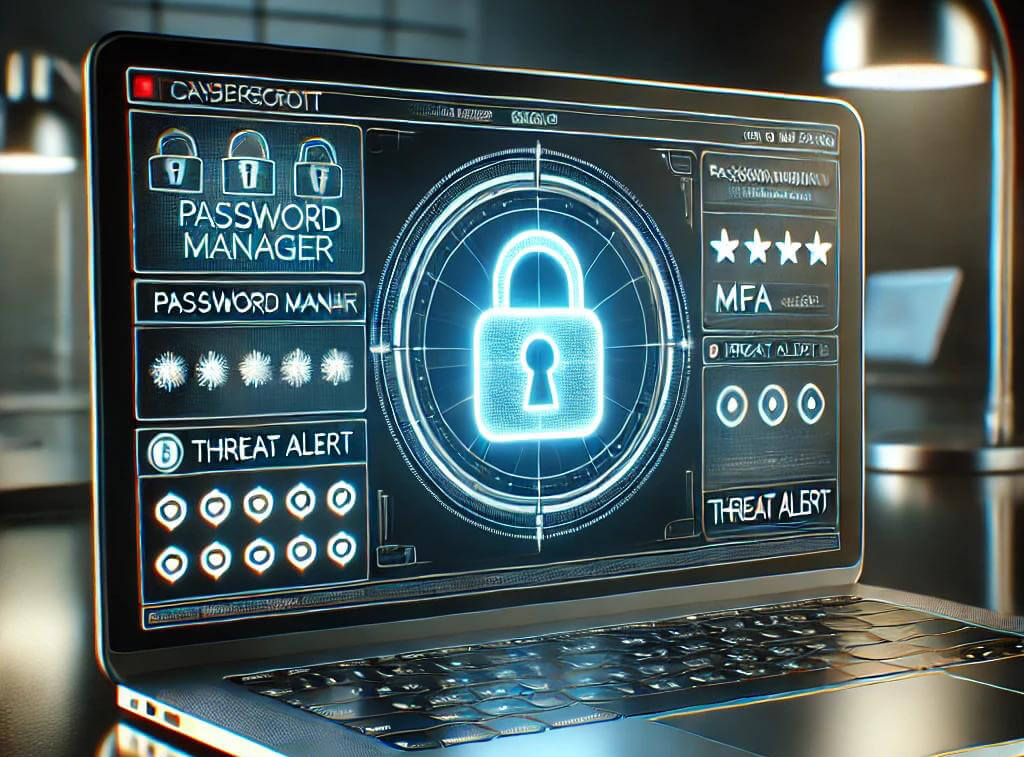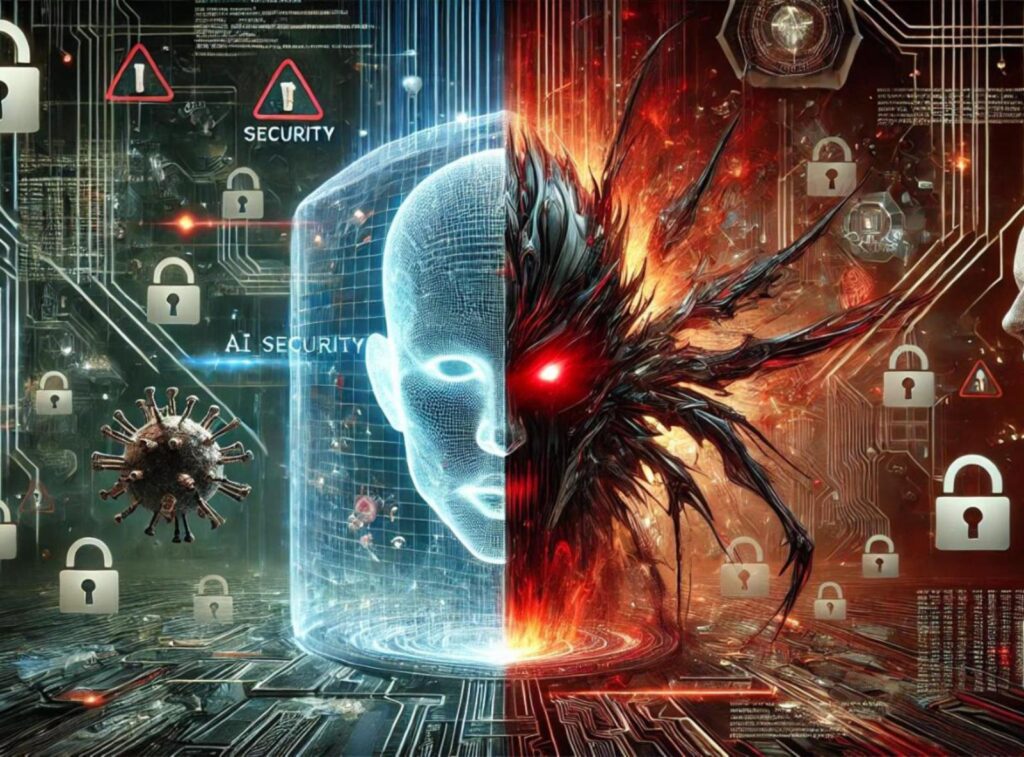On a December morning in 2020, employees at SolarWinds, a major IT software provider, discovered they were at the center of one of the most sophisticated cyberattacks in history. Hackers had infiltrated their systems months earlier, moving through networks unchecked. They didn’t just breach SolarWinds—they used its trusted status to access thousands of other organizations, including U.S. government agencies.
The attack exposed a fundamental flaw in traditional security: implicit trust. For years, organizations relied on perimeter-based defenses—assuming anything inside the corporate network was safe. SolarWinds proved otherwise. Once attackers gained entry, they moved freely, exploiting this blind trust.
This breach accelerated the adoption of Zero Trust, a security model based on a simple yet radical principle: trust no one by default. Every request—whether from a company laptop or the CEO’s smartphone—must be verified. Zero Trust isn’t just a new security toolset; it’s a complete shift in how organizations protect their systems.
The End of Perimeter Security
The days of securing a single “inside” network are over. Cloud services, remote work, and personal devices have dismantled the traditional perimeter. Sensitive data now lives across multiple platforms, accessed from anywhere. The question isn’t if an attacker will breach a network, but when—and what happens next.
Organizations that have embraced Zero Trust no longer base security on location. A global financial firm that recently adopted this model put it bluntly: ”We had to stop treating office-based employees as more trustworthy than remote ones. A request from the trading floor should be no different than one from a home office.”
Initially, employees resisted the extra verification steps. But as security teams refined the process, something unexpected happened: user experience improved.
Why Zero Trust Improves Both Security and Usability
Zero Trust replaces outdated, rigid security measures with smarter, context-aware access controls. Instead of forcing all remote employees through slow VPN tunnels, systems evaluate who’s asking, what they’re accessing, and the risk level.
For example:
- A trader accessing market data from a company-issued laptop during business hours is granted access immediately.
- The same request at 3 AM from an unknown device triggers extra verification.
Microsoft’s transition to Zero Trust illustrates its impact. The company realized that legacy security tools couldn’t protect a global, mobile workforce. They required continuous verification for every access request, whether for email, internal tools, or source code repositories.
The results?
✔️ Fewer security incidents
✔️ Improved employee productivity
✔️ Lower IT costs (as outdated security tools were replaced with streamlined identity-based controls)
How Organizations Successfully Transition to Zero Trust
Zero Trust isn’t just about technology—it requires a mindset shift. A healthcare provider that recently adopted this approach started by mapping real user behavior. Instead of immediately rolling out new authentication tools, they studied how doctors, nurses, and administrators accessed patient records.
This human-first approach ensured security measures enhanced rather than disrupted workflows. A key realization: The biggest risk wasn’t just external threats, but overly broad internal access permissions.
Rethinking Trust in Security
To implement Zero Trust, organizations must confront uncomfortable questions:
🔹 Why is internal network traffic trusted more than external?
🔹 Why does being in the office grant access to systems an employee doesn’t need?
🔹 Why assume a device that was secure yesterday is still secure today?
One major retailer started small, applying Zero Trust to a single critical application. Strong authentication, continuous monitoring, and granular access controls created a security model that worked without disrupting operations. Within 18 months, they extended this approach company-wide.
Zero Trust is No Longer Optional
Hybrid work and cloud-based operations mean traditional security models don’t just fail—they create vulnerabilities. Attackers don’t need to storm the gates when they can simply log in with stolen credentials.
As AI-powered cyberattacks grow more sophisticated, and quantum computing threatens encryption methods, Zero Trust is the best defense. It ensures that trust is earned continuously, not assumed.
Organizations clinging to perimeter security are like medieval castles in an age of aerial warfare—impressive structures that provide little real protection.
Security leaders must adapt or risk becoming the next SolarWinds.
Final Thought: Zero Trust is a Shift, Not a Destination
As one CISO put it: ”Zero Trust isn’t a security product or a checklist—it’s a way of thinking. It assumes the world as it is, not as we wish it to be.”
For organizations willing to embrace this shift, Zero Trust provides the only realistic path forward in a world where implicit trust is an unacceptable risk.





